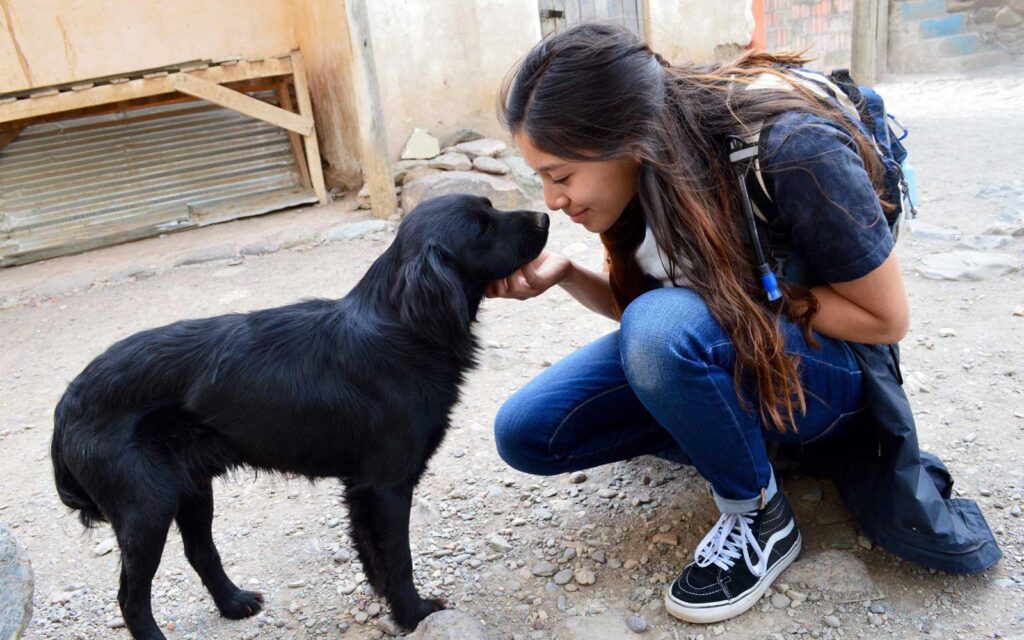How Spay/Neuter Affects Homeless Pets

We have a big problem in Los Angeles. We have too many unwanted pets. Consequently, these unwanted pets end up in our local shelters. On average, 72,000 homeless pets enter metro Los Angeles shelters each year. Only about half make it out again. Sadly, this means that every year approximately 36,000 pets are euthanized.
To put this in perspective, every year Los Angeles kills approximately the same amount of pets as the population of Costa Mesa. Enough pets to overflow the Rose Bowl. Enough pets to fill Dodger Stadium twice. Every. Single. Year.
Does L.A. have some kind of vendetta against animals? No. In fact, L.A. is actually below the national average when it comes to euthanasia rates (which proves to illustrate the crisis we are facing nationally).
On average, 72,000 homeless pets enter metro Los Angeles shelters each year. Only about half make it out again.
So why are these numbers so high? To put it simply: our pets procreate at a much faster rate than we spay or neuter them.
Consider this: A female dog can start reproducing as early as four months of age and can get pregnant twice a year. (Cats can become pregnant with up to five litters a year according to the ASPCA). What might happen if you left your dog unspayed? Let’s say she gets pregnant once this year and has six puppies. Then let’s assume half those puppies are female. In four months, those three females can also become pregnant and have three more female puppies each. You are now potentially responsible for the birth of twelve female dogs and twelve more male dogs in JUST ONE YEAR. Because you didn’t spay your dog this year, there are now twenty-four potentially homeless dogs. And these numbers are extremely conservative because each of these females could become pregnant a second time this year. This is the potential outcome of only one dog’s case this year. It is the reality of what is happening thousands of times every day.
So why do some pet owners “fix” their pets and others do not? At Michelson Found Animals, we have identified two main issues that prevent pet owners in our area from spaying or neutering their pets: cost and access. The city of Los Angeles is home to just under 4 million people and, like any big city, a significant portion of our population lives below the poverty line. For people struggling to provide themselves with the basics of existence, paying for spay or neuter surgery for their pet is unfeasible.
Found Animals firmly believes that everyone, no matter what their income level, deserves the companionship of a loving pet. That’s why, as the largest supporter of low-cost and free spay and neuter services in Los Angeles, Found Animals has subsidized more than 278,000 surgeries in the last five years through its support of Spay4LA, SNPLA, FixNation and Stray Cat Alliance programs. A very important aspect of these programs is that they specifically target underserved communities to provide surgeries to those who could not otherwise afford them.
Found Animals offers another important tool in our fight to eliminate unwanted litters and ultimately reduce the rates of euthanasia in local shelters: a Spay / Neuter clinic locator. Now pet owners can go online, enter their zip code and find low-cost or free spay and neuter locations in their area. Most providers are within 15 miles of residents, making it easier than ever for pet owners to access these services.
Found Animals is committed to helping pet owners get the advice and guidance they need to improve the health and well-being of their pets in many ways, but spaying and neutering are the most vital because:
- It is currently the most effective birth control method for cats and dogs.
- Spaying your pet nearly eliminates breast cancer and totally prevents uterine cancer and infections.
- Neutering eliminates the possibility of testicular cancer and reduces the risk of prostate cancer.
- Male pets will have a reduced urge to roam in search of a mate. This also reduces the risk of injury from accidents, fights, poisoning, and contracting/spreading diseases.
- Most importantly, spaying or neutering is the most successful way to reduce the devastating loss of life in our shelters.
The Michelson Found Animals Foundation’s mission of saving pets and enriching lives is made possible by the generous contributions of Dr. Gary Michelson and Alya Michelson.



